Garita del morro: Garita del Diablo – San Juan, Puerto Rico
Garita del Diablo (Devil’s Sentry Box), Puerto Rico
🇵🇷 Old San Juan
Steve
The sentry boxes of Old San Juan. Next to the cute/cacophonous coquis, they are the best-known icons of Puerto Rico. You see them strategically set along weathered ramparts all throughout the ancient city. Most function much as they have for 500+ years, offering incredible views of the surrounding seascapes. One particular sentry box, La Garita del Diablo, however, provides thrills (and chills) of a different kind…
Devilishly Distinctive
La Garita de Diablo, which translates to “The Devil’s Sentry Box,” is located at el Castillo San Cristóbal. Unlike the more familiar sentry boxes atop the city walls, this one sits right at the water’s edge. The fort itself stretches along the crest of a hill rising sharply behind the box.
Its distinctive location is matched by its shape, the rounded top a further departure from just about every other sentry box in town.
According to local legend, looks and location aren’t the only things that set this sentry box apart.
The Legend of La Garita de Diablo
This story centers on an apprehensive soldier during the earliest days of Spanish rule in Puerto Rico. It’s said that the man expressed having a “feeling of foreboding” when tasked with manning the lonely post one night. After some consternation, he finally relented and set off to do his duty.
This was a mistake…
When a second soldier arrived at La Garita to relieve the first, he found the outpost completely empty. Desertion was not uncommon among soldiers at the time. Naturally, it was assumed that the first guy had simply run off. No biggie, right? The second soldier took up the post with a watchman assigned to keep an eye on him.
This was also a mistake.
Soon after soldier #2 entered the sentry box, the watchman noted a brilliant flash of light emanating from inside.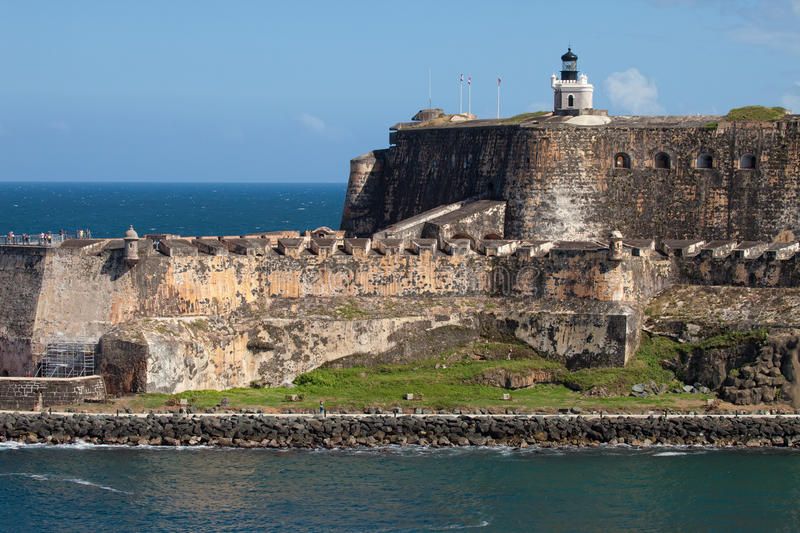 A piercing scream followed, sending the watchman scurrying away to get help. Upon arriving back at La Garita, all the men found was a strong smell of sulfur in the air and black soot caked to the interior walls. Soldier #2 was now also nowhere to be found.
A piercing scream followed, sending the watchman scurrying away to get help. Upon arriving back at La Garita, all the men found was a strong smell of sulfur in the air and black soot caked to the interior walls. Soldier #2 was now also nowhere to be found.
The sentry box was never used again, earning its macabre moniker.
Visiting The Devil’s Sentry Box
These days, La Garita del Diablo remains off limits to the general public. You can’t access if from inside San Cristóbal Fort. Park Rangers on-site also actively discourage visitors from even trying to go there!
If you wind your way down through La Perla to the shoreline, though, you can get over to La Garita. You’ll want to tread with extreme caution, of course, and not just because of the unexplained mystery of the place. A rocky shoreline and rough surf make this trek a bit treacherous.
The payoff, though, could be great, I suppose… Especially if you wish to disappear…
org/WebPage” itemid=”https://www.uncommoncaribbean.com/old-san-juan/garita-del-diablo-devils-sentry-box-puerto-rico/”>Last updated by Steve Bennett on .
Related Posts
Our National Parks » Old sentry box at fort teases visitors
Posted November 28, 2007
By LILY STOFMAN
School of Communication
University of Miami
SAN JUAN, P.R. — As I climbed out of a stone window, descended a long aluminum ladder, hiked down a sloped field of waist-high grasses, trekked over boulders, and avoided pre-historic looking giant iguanas, I thought about how lucky I was to be able to have this experience.
Why would I feel so lucky, one may ask? Well, my other option was to be escorted by park security through the infamous nearby community called La Perla.
Walter Chavez, superintendent of the San Juan National Historic Site, immediately advised me that I should not go through this area by myself and he would find park security to escort me in order to make sure that I was not harmed if we took that route.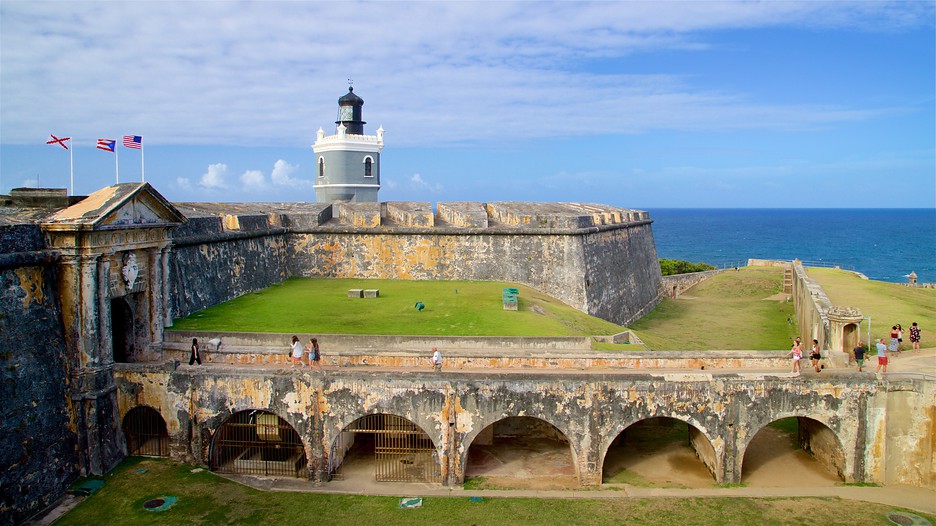
This is the view that most San Juan National Historic Site visitors have of La Garita del Diablo from the second level of Fort San Cristóbal (Photo by Alcione Gonzalez). |
Feeling very nervous and not too fond of walking through a dangerous unknown neighborhood, I was relieved when National Park Service maintenance employees found a ladder and told me and my other adventurous fellow journalists to follow them up the ramp to the interior of Fort San Cristóbal.
Now one must be thinking, what is all of this about?
This adventure occurred because of my desire to see a sentry box, a small stone and concrete structure that was used to shelter soldiers who were stationed to stand guard and keep watch along the coast for enemy intruders. Sure, there are numerous sentry boxes surrounding the fort, but none are as special as La Garita del Diablo (The Devil’s Sentry Box).
Located in an isolated area of what is known as El Espigón, the first part of what was later known as San Cristóbal Fort, La Garita del Diablo’s main purpose was to serve as an observation post for soldiers to keep watch for ships that sailed close to the coast during the 16th and 17th centuries.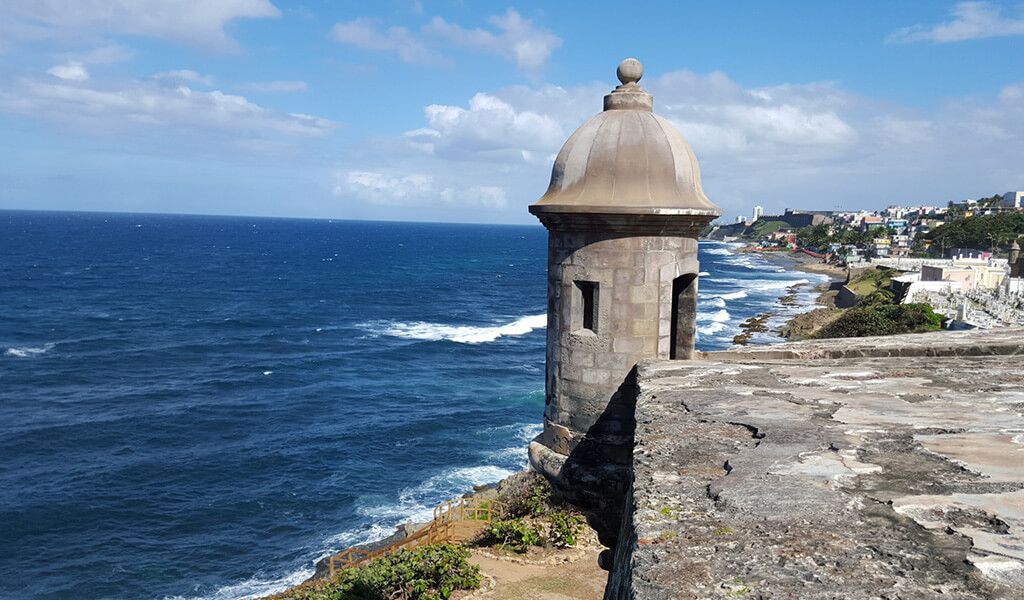
However, mysterious events took place at this sentry box, igniting the start of many haunting yet romantic legends.
As the traditional version of the legend indicates, a soldier, named Sánchez, was sent to this post on El Espigón to do the late night shift. During the night, the guards would occasionally shout a call to other guards in their boxes in order to check on their whereabouts and to keep each other from falling asleep for fear of punishment from their officers.
Escorted by maintenance personnel, journalists Vincent Daniello and Bruce Garrison walk toward La Garita del Diablo (Photo by Lily Stofman). |
When it was Sánchez’s turn, no shout was heard. His fellow soldiers believed he was asleep, so they went to check on him. All they discovered was his uniform and his musket lying on the floor. He was gone, without a trace.
According to his fellow soldiers, Sánchez had a girlfriend named Diana for whom he used to play the guitar and spend romantic evenings with while he was stationed at his post.
One night, Diana talked to Sánchez about escaping from his guard duties and going to the mountains to start a family. Sánchez accepted her proposal and at that moment, Diana transformed herself into the devil. As this version of the legend goes, Sánchez sold his soul to her and was never found again.
“This legend gives the idea of society at that time,” said Carlos Almodovar, an historian and SJNHS park interpreter. “During that time, religion and the supernatural played a major role in people’s lives. They believed that the devil was real and that it appeared and took him away.”
However, the modern-day version is quick to mention that there was no devil in the sentry box and that Sánchez and Diana had merely run away together to escape the army and were both found years later in a remote village.
| The Atlantic Ocean crashes onto the rocks below La Garita del Diablo (Photo by Vincent Daniello). |
“His fellow soldiers created the legend about the devil,” said Almodovar. “They wanted to hide their own intentions to escape because of their hard living conditions.”
“They wanted to hide their own intentions to escape because of their hard living conditions.”
Being a soldier in those days went hand in hand with a difficult lifestyle. Most soldiers were young, and went to the army with hopes of making a better life for themselves. However, many ended up wounded and became “useless” to the Puerto Rican army, ultimately ending up homeless on the streets.
In that era, the military and its soldiers were also not technologically advanced and had no means of recreation or communication. Their days were almost always the same and, when stationed in the sentry boxes, feelings of isolation and loneliness overwhelmed them.
Many of the sentry boxes can be easily accessed from one another. However, the Devil’s Sentry Box is in such a remote location, many soldiers’ experienced negative psychological effects due to its seclusion from the rest of the fort and its proximity to the ocean.
In fact, it is so remote, that today, visitors to the park cannot even access La Garita del Diablo. The only way to see this landmark is from the second level of the fort, looking down at it.
The only way to see this landmark is from the second level of the fort, looking down at it.
La Garita del Diablo from El Espigón, the first part of what was later known as San Cristóbal Fort (Photo by Vincent Daniello). |
“I’d hate to have my butt stuck out there for an eight-hour shift,” said Sam Melton, a visitor from Vancouver, who viewed La Garita from above. “I didn’t realize how close it is to the water. I’m sure you’d get so wet.”
Of course one could always trek through La Perla, which park officials would not suggest, but for now, the only way to see it is from above.
Park Superintendent Chavez, however, did confirm plans to extend the paseo (a walking path) from the east side of San Cristóbal, but not for another two to three years.
However, even if there was direct access, most visitors might refrain because of the eeriness that emanates from both its location and the legend.
“I wouldn’t go down there too willingly,” said visitor Marilyn Melton, wife of Sam Melton, who also did not like the idea of going down there.
La Garita del Diablo has such a history, that it not only attracts tourists, but residents of San Juan as well.
Javier Soler, with whom I sat and talked on the flight to San Juan, recalled his own personal experience as a child with La Garita del Diablo.
“It was a school trip and what really impressed me was that La Garita is facing the open Atlantic Ocean and that day there were really rough seas, and I could see the waves hitting the Garita. It’s like a haunted place….”
He then paused, rethought his words, and continued.
“I’m really practical, not that I believe it or I don’t believe it, but I just really wouldn’t want to be there at night.”
| The author poses near La Garita del Diablo at San Cristóbal Fort at San Juan National Historic Site (Photo by Vincent Daniello). |
Luckily, for Soler and others who fear an encounter with La Garita del Diablo during the night, the park closes before darkness falls. The forts are open for business December through May from 9 a.m. to 6 p.m., and June through November from 9 a.m. to 5 p.m.
The forts are open for business December through May from 9 a.m. to 6 p.m., and June through November from 9 a.m. to 5 p.m.
It’s hard to imagine that soldiers used to stand guard in that sentry box for all hours of the day and night, enduring the mad elements that surrounded them.
As I stood in front of La Garita del Diablo, the soldier’s experiences from that time overwhelmed my thoughts and a sense of familiarity and authenticity came into sight. For the first time, I understood what their situation was like, if only for a moment, and I was glad that it was only for a moment.
If You Go
- Admission Fees: Adults 16 years and older pay $3 per fort per day. This is valid for 24 hours. The other option is to pay $5 for both forts. This ticket is valid for seven days. Children 15 years old and younger are free. Park annual pass: $25 per year
- Best Viewpoint of La Garita del Diablo: Once inside Fort San Cristóbal, take the ramp up to the second level.
 From here, walk to the left and one will see a sentry box. This is not La Garita del Diablo, but the best view of La Garita del Diablo is from this sentry box looking down.
From here, walk to the left and one will see a sentry box. This is not La Garita del Diablo, but the best view of La Garita del Diablo is from this sentry box looking down. - Guided Programs: The tours, walks and talks do not focus or even mention La Garita del Diablo unless the visitor asks specific questions about it. There are 20-minute daily orientation talks that are held throughout the day (10 a.m., 11 a.m., 2 p.m., 3 p.m., and 4 p.m.. These are held seven days a week in the main plazas San Cristóbal as well as San Felipe del Morro. There is a tunnel tour and an outdoor walk, but La Garita del Diablo is not mentioned in either of these programs. Best option is to ask about it during the orientation talk.
- Directions: Car— From the international airport take Route 26 west. At the bridge connecting to Old San Juan, follow Luis Muñoz Rivera Avenue to Fort San Cristóbal, just past the Puerto Rico Capitol building. This trip is 10 miles and 20 minutes long.
 Public Transportation—If arriving on a cruise ship, most piers are within walking distance (10-15 minutes). Just walk up the hill, past the Plaza Colon. The Panamerican pier is three miles away, and taxis are available.
Public Transportation—If arriving on a cruise ship, most piers are within walking distance (10-15 minutes). Just walk up the hill, past the Plaza Colon. The Panamerican pier is three miles away, and taxis are available.
Castillo de San Felipe del Morro: 400 year old fort
bags
Castillo de San Felipe del Morro: 400 year old fort
The Castillo de San Felipe del Morro Fort stands guard at the entrance to San Juan Harbor as a reminder of a bygone era when countries tried to claim this city and harbor as a prize. This beautiful 6-level fort was named after the Spanish King Philip II. Initially, the fort was not so big, it went through many enlargements and modifications.
01.
San Juan harbor is deep and safe, and Puerto Rico is in such a strategic location that everyone wanted to call San Juan their own. After Spain took over the island and began to colonize it, many pirates tried to invade in order to get the island and some of Spain’s wealth.
After Spain took over the island and began to colonize it, many pirates tried to invade in order to get the island and some of Spain’s wealth.
After the original Fortaleza Fort (now the Governor’s Mansion) was deemed insufficient to defend the harbor, it was decided that a fort was needed in a better location. So they built a small structure at the northwest end of Old San Juan, at the entrance to the harbor, at the current site of Del Morro. Built between 1539-1540 it was such a small fort that there were only a few men and only 4 cannons.
This initial small fort was sufficient for a while. But the city was periodically besieged, and in order to improve the defense, Spain added some fortifications to the small Del Morro structure.
In 1625 the Dutch invaded from the side of the land where there was no defense. This attack spurred the construction of a wall that surrounded the city in 1634. Work continued until the mid-1700s, when the King of Spain decided to make San Juan virtually invincible. In 1765 they began expanding Del Morro and San Cristobal to the size you see today. All this together: huge city walls, San Cristobal for land attacks, Del Morro for sea attacks took about 150 years to complete. Del Morro now had six levels of protection and rose to 145 feet above sea level.
In 1765 they began expanding Del Morro and San Cristobal to the size you see today. All this together: huge city walls, San Cristobal for land attacks, Del Morro for sea attacks took about 150 years to complete. Del Morro now had six levels of protection and rose to 145 feet above sea level.
All this passed the test in 1797, when Great Britain laid siege to the city again. The massive structures withstood the attacks.
02.
03.
04.
05.
06.
07.
08.
09.
10. For today there are three flags of three flags. above the fort: USA, Puerto Rico and the cross of Burgundy
11.
12. The island opposite Isla de Cabras is part of the defense system. At its other end stands the third fort of San Juan – San Juan de la Cruz
13.
14.
15.
16.
17. Eternal residents
18.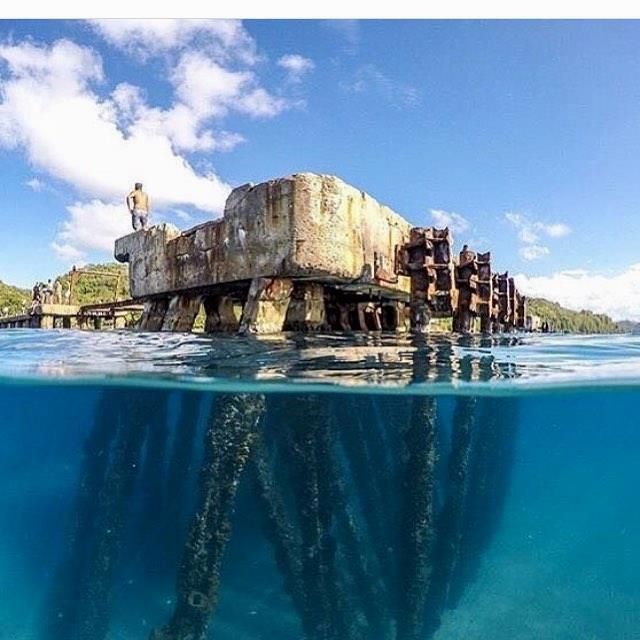 More than 300 years ago there was no lighthouse in the fort. Spanish engineers added a lighthouse in 1846 to allow ships to enter San Juan harbor. The lighthouse was originally in a different location. The current one stands 51 feet above level 6, 182 feet above sea level, and still serves the navigator every night.
More than 300 years ago there was no lighthouse in the fort. Spanish engineers added a lighthouse in 1846 to allow ships to enter San Juan harbor. The lighthouse was originally in a different location. The current one stands 51 feet above level 6, 182 feet above sea level, and still serves the navigator every night.
19. The lighthouse was restored by the USA in 1908 after it was damaged in 1898 during the Spanish-American War.
20. Another fort on guard
21./22.
23.
24. Ground attack defense level
25. San Cristobal
26./27.
28.
29.
30.
31.
32.
33.
34.
35. Main fire battery 9.0015
36./37.
38. Narrow entrance to the bay
39.
40. Dead end
41. This ugly structure on top was built during World War II by the US Army.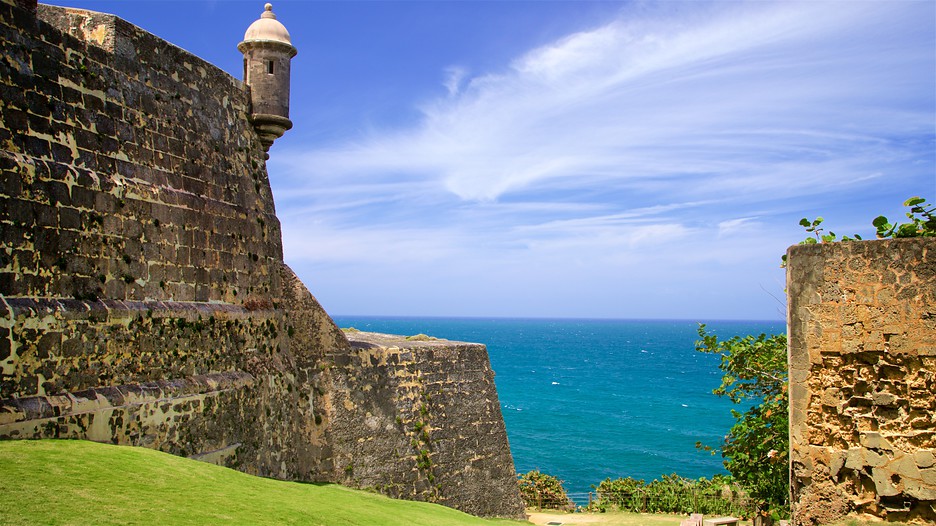 Performs the same function as Garita to the left – lookout tower
Performs the same function as Garita to the left – lookout tower
42.
43.
44. This is the main area to protect the entrance to the harbor of San Juan. Called Santa Barbara Battery
45.
46.
47./48.
49. kitchens and forges
50. Lower Plaza
51. Lookout Tower
52. The lowest level is the view of the walls – hence Del Morro
9000 53.
54 54 54 54 54 54 54 ./55. Staircase in Torre Antigua
56./57.
58.
59./60.
61.
El Morro Watchtower stock photo ©ArenaCreative 9240700
El Morro watchtower stock photo ©ArenaCreative 9240700
Want to get any 10 photos or vectors for free?
Images
Video -based music and sounds
Tools
for business
Our prices
All images
Login
9
DRIVED this image,
Having registered account
Already is there an acount? Log in
I accept the terms of the User AgreementReceive news and special offers
View of the clock tower and El Morro fortress wall located in Old San Juan Puerto Rico
.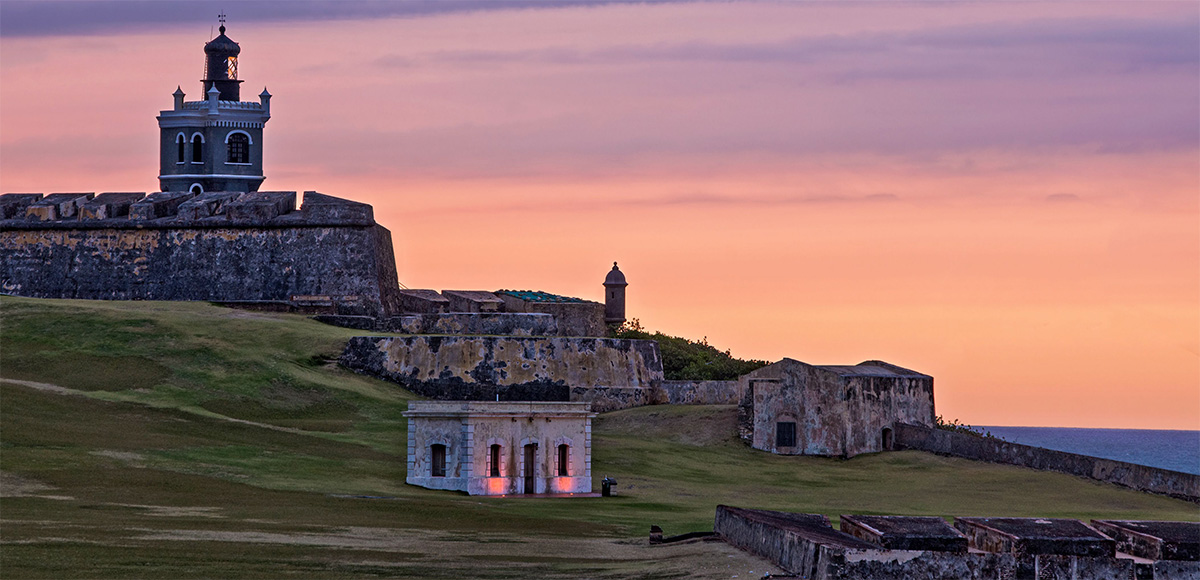
— Photo by ArenaCreative
.View of the historic fortresses of San Cristobal located in Old San Juan Puerto Rico overlooking El Morro
.El Morro Fort is located in Old San Juan Puerto Rico
.El Morro Fort is located in Old San Juan Puerto Rico is a popular tourist destination
.Wide angle panoramic view of the historic fortress of San Cristobal located in Old San Juan Puerto Rico
.The Colonial Era Santa Maria Magdalena de Pazzis Cemetery is located in Old San Juan Puerto Rico
.Outer Walls of Fort El Morro and Colonial Era Cemetery of Santa Maria Magdalena de Pazzis located in Old San Juan Puerto Rico
.Magnificent coconut trees overlooking the beach in downtown Luquillo Puerto Rico. There are five different beaches in Luquillo
.Bermuda coastline with aqua blue tropical watersSkyline islands of Bermuda in Kings Wharf and Royal Navy Dockyard in the Irish Island section
.View of the oceanic cave rock formations located on the island of Bermuda in Auson’s Bay near Warwick Long Bay Beach.

 From here, walk to the left and one will see a sentry box. This is not La Garita del Diablo, but the best view of La Garita del Diablo is from this sentry box looking down.
From here, walk to the left and one will see a sentry box. This is not La Garita del Diablo, but the best view of La Garita del Diablo is from this sentry box looking down. Public Transportation—If arriving on a cruise ship, most piers are within walking distance (10-15 minutes). Just walk up the hill, past the Plaza Colon. The Panamerican pier is three miles away, and taxis are available.
Public Transportation—If arriving on a cruise ship, most piers are within walking distance (10-15 minutes). Just walk up the hill, past the Plaza Colon. The Panamerican pier is three miles away, and taxis are available.